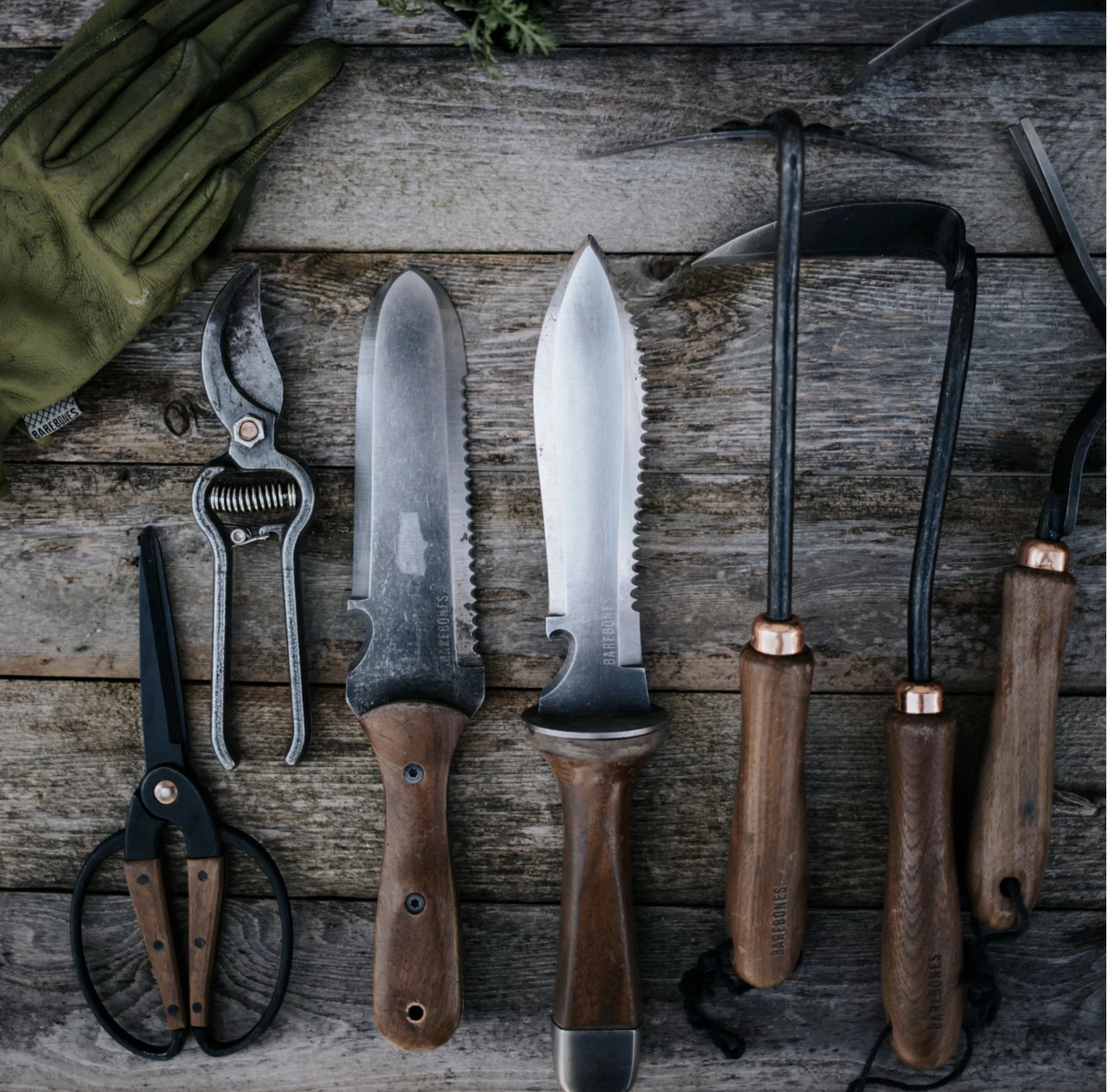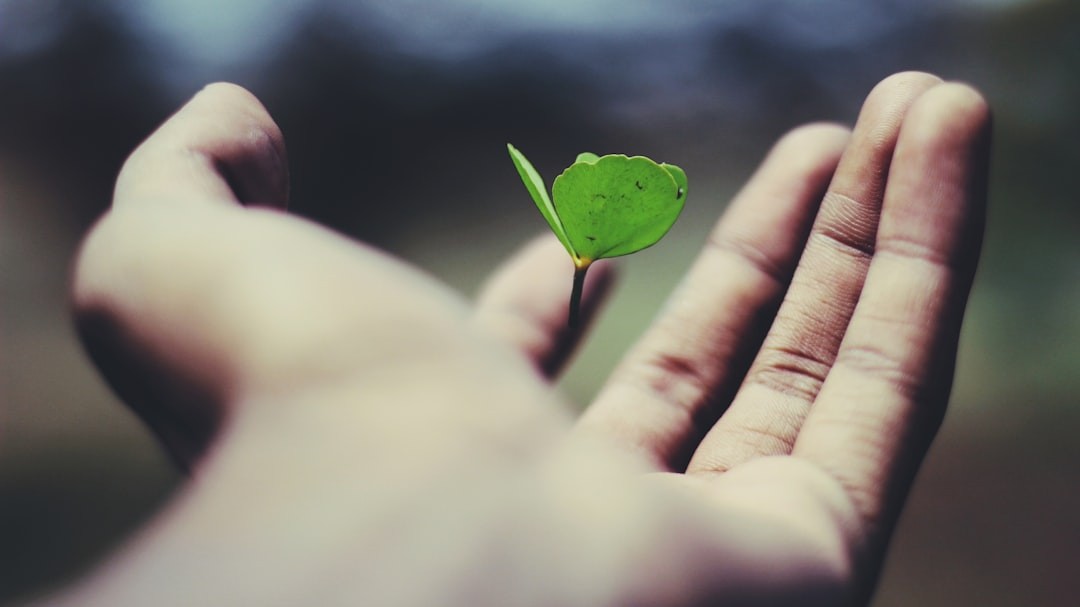April is the month when gardeners everywhere emerge from their winter cocoons, trowels in hand, ready to coax life from the soil. It’s a time of hope, renewal, and, getting back outside, into the sunshine. Whether you’re in the frost-kissed north of Zone 4 or the milder climes of Zone 8, April is a key month, when we’re most of us are approaching or just past or approaching our last frost dates, starting seeds, and maybe planting out seedlings, now is when many of us are deep into establishing our spring gardens. Like we said last week, timing is everything.
What to Plant in April
April is a transitional month. What you plant depends on your last frost date (check yours [here](https://www.almanac.com/gardening/frostdates)). But across Zones 4-8, there’s a sweet spot of crops that thrive when planted now.
Seeds to Start Indoors
If you haven’t already, April is the time to start these warm-season crops indoors. They’ll need a few weeks to grow and become sturdy before facing the great outdoors:
- Tomatoes: The stars of the garden. Start them indoors to give them a head start before transplanting after the last frost. Use a well-balanced fertilizer (1/4 to 1/2 strength) on them once they have a couple of sets of true leaves.
- Peppers: These heat-lovers need a long growing season, so get them going now. Don’t worry if they take a while to get going, that’s typical. Use a heat mat to help promote germination,
- Eggplant: Like peppers, they’re slow to mature but worth the wait. And like peppers, they can benefit from a little bottom heat.
- Herbs: Basil, parsley, and cilantro can be started indoors for a head start on summer flavor. These are good herbs to grow indoors continuously. At the end of the garden season, clip your herbs and root them in water for an abundant supply year-round
- Flowers: Plant sunflowers and marigolds for sunshine, zinnias and cosmos for beauty, and nasturtium and borage for nibbles. Planting a variety of flowers now will serve you well later. Flowers draw in pollinators and beneficial insects. Both will help improve your yield of edible crops.
This is, by no means, an exhaustive list, but it’ll get you started.
Seeds to Direct Sow
Some plants prefer to get right down to business and stretch their roots straight into their permanent home. If you start them indoors, use soil blocks or peat pots so you don’t have to disturb their roots. These hardy souls can handle cooler temperatures and even a light frost:
- Peas: The ultimate cool-season crop. Sow them as soon as the soil is workable, and they’ll reward you with sweet, crunchy pods.
- Spinach and Lettuce: These leafy greens thrive in the cooler temperatures of early spring. Sow them now for salads in weeks, not months.
- Radishes: Fast-growing and forgiving, radishes are the perfect crop for impatient gardeners. Throw them into a salad, add them to your tacos and nachos, or roast them for a simple side dish.
- Carrots and Beets: These root veggies love the cool soil of early spring. Just make sure your soil is loose and rock-free, otherwise you’ll get stunted, twisted roots. They’ll still be edible, a little strange looking, but edible.
Seedlings to Transplant
If you started seeds indoors in March (or earlier), some of your seedlings might be ready to brave the outdoors. Harden them off first. Gradually expose them to outdoor conditions over the course of a week to allow them time to adjust to sun and wind exposure. Then transplant these sturdy starters:
- Broccoli and Cauliflower: These cool-season favorites can handle a light frost.
- Kale and Swiss Chard: Hardy greens that are unfazed by chilly nights.
- Cabbage: A classic cool-weather crop that’s ready to hit the ground running.
Common Mistakes and How to Avoid Them
Even the most seasoned gardeners make mistakes. Here are a few common pitfalls and how to avoid them:
- Planting Too Early: Tempted to plant tomatoes the moment the sun comes out? Resist! Frost can still strike, and tender plants won’t survive. Wait until two weeks after your last frost date and plant them out in batches. If disaster strikes, you’ll still have plants in reserve. Keep frost blankets and row covers on hand for protection. A sheet or shower curtain will do in a pinch.
- Overwatering Seedlings: It’s easy to drown your seedlings with love (and water). Let the soil dry slightly between waterings to prevent root rot and bottom water to avoid splashing water on fragile leaves and stems.
- Ignoring Soil Prep: April is the time to weed your beds and amend your soil with compost or organic matter. Don’t skip this step—your plants will thank you.
- Forgetting to Label: Trust us, you won’t remember which seedlings are which. Is that a cosmo or a zinnia? Kale or cabbage? Is it a weed? Who knows? It’s maddening. Label everything and save your sanity.
What About the Rest of Us?
No worries, we got you!
For Zones 1-3: Our Frosty Friends
Your growing season is considerably shorter than the rest of the country, so you’ll need to make some adjustments.
If you’re gardening in Zones 1-3, April might still feel more like winter than spring. But don’t despair—this is the perfect time to start cold-hardy crops indoors or in protected spaces. Think spinach, kale, and peas, which can handle a steady chill. While you’re waiting, now is the time to check over your tools, revisit your garden layout, and make sure that you’re ordering the right varieties for your climate. While nearly all seeds will work for you with a little extra care on the front and back ends of your season, stack the deck in your favor and order a few short-season, cold-adapted seeds. These should work for you right out the gate. With other varieties, you can adapt the seed over time by saving seeds from the plants that do well in your climate. It may take two or even 3 seasons to properly adapt your seeds, but once you do, you’ll have a custom seed stash that works not only for your zone, but for your particular microclimate and growing conditions. If you’re still itching to get outside, focus on prepping your garden beds and planning for the short but intense growing season ahead. Remember, even in the coldest zones, spring is just around the corner.
For Zones 9 and Up: You Early Bloomers
The grass is always greener on the other side, they say. Well, what they don’t say is that the grass is dry on that side and getting drier. Everyone may think you have it easy, but warmer climates come with their own particular set of issues, not the least of which is changing weather patterns (read: hot and getting hotter).
In Zones 9 and up, April is less about frost dates and more about beating the heat. Your planting window for cool-season crops like lettuce and carrots is closing fast, so harvest what you can and make room for heat-loving plants like tomatoes, peppers, and okra. If you haven’t already, consider planting drought-tolerant herbs like rosemary and thyme, which thrive in warmer, drier climates. Invest in shade cloth, especially for your fruiting plants, like tomatoes and peppers, which don’t pollinate or develop well in temps over 90ºF. Consider adding drip irrigation to your beds so that you’re not wasting water. These systems allow you to water the plant exactly where it’s most needed. Next, don't forget to mulch. Mulching helps to keep your soil cool and moist, preventing rapid evaporation. Finally, and aside from plant care, don’t forget to hydrate and use sunblock.
Historically, April has been a month of renewal, from ancient spring festivals to modern Earth Day celebrations. By planting now, you’re joining a tradition that stretches back millennia, Gardening isn’t just about growing food. In a world that often feels chaotic, gardening offers a sense of control and connection to the earth. It’s a front-row seat to the miracle of life.
So, grab your gloves, dust off your trowel, and get planting.
P.S. Tag us on social media and use the hashtag #CanYouDigIt. We want to cheer you on. Get growing!
Happy gardening,
Hayley & Irma, Dig.® 🌱


